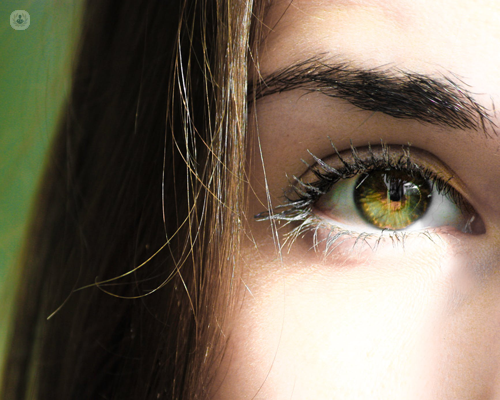



What is an intravitreal injection?
An intravitreal injection is a drug administration method used for treating eye disorders, such as macular degeneration. Treatment consists of using anti-VEGF drugs, which prevent the formation of new blood vessels, or immunosuppressive agents and anti-inflammatory drugs.
What are intravitreal injections for?
Intravitreal injections can stop the progression of a number of visual disorders and allows for a much quicker post-operative healing process. Conditions treated with intravitreal injections include:
- Diabetic retinopathy
- Macular oedema
- Exudative age-related macular degeneration
- Uveitis
- Retinal vein occlusion
What does an intravitreal injection involve?
An intravitreal injection is done under local anaesthetic, administered via eye drops, in a sterile operating theatre. A special instrument, the blepharostat, keeps the eyelids still and prevents the eyelids from closing. The doctor will instruct the patient to look away from the site of the injection. The procedure is extremely quick: it lasts only a few minutes and the patient will only feel a slight discomfort.
Medicine is injected into the vitreous humour – the clear gel that fills the eye between the lens and the retina (the back of the eye). The injection administers the drug locally, fighting the eye disorder more effectively.
Potential risks arising from this procedure include retinal damage, vision loss, inflammation within the eye, floaters, bleeding, and infections.
How can I prepare for an intravitreal injection?
Before getting started on intravitreal treatment, you should tell your doctor about any risk factors, for instance, if you’re suffering from any cardiac or vascular condition or if you’re allergic to any medication.
Post-operative process
After the procedure, you can go back to your daily routine fairly quickly. The doctor will likely recommend the use of eye drops to facilitate the healing process.
The patient will need to go for a check-up two or three days and then a month after the injection, to evaluate how effective the treatment is and how is their eyesight progressing.